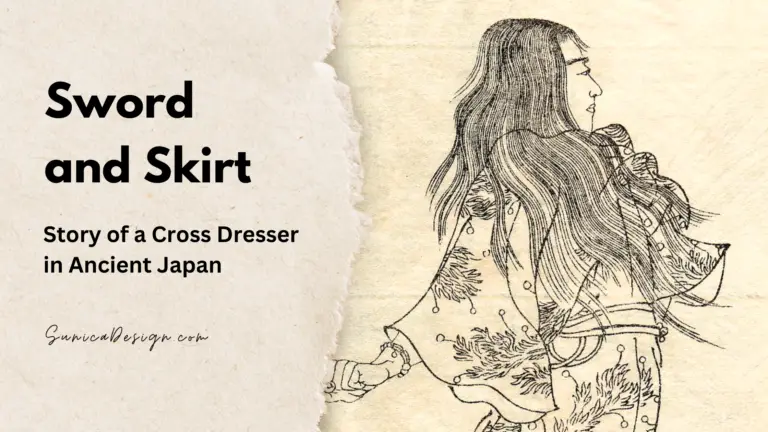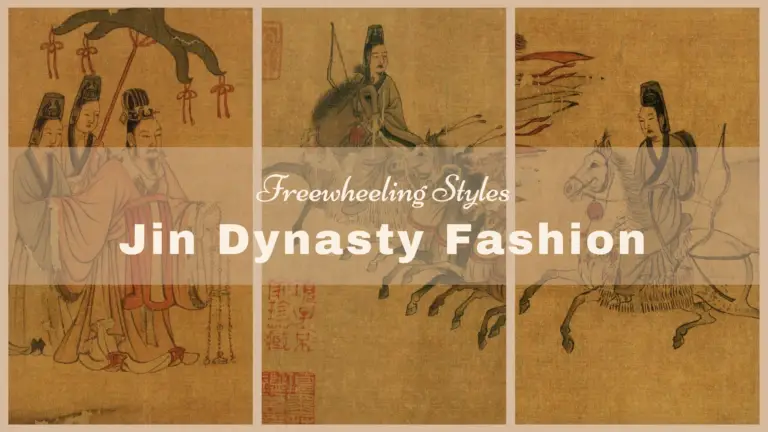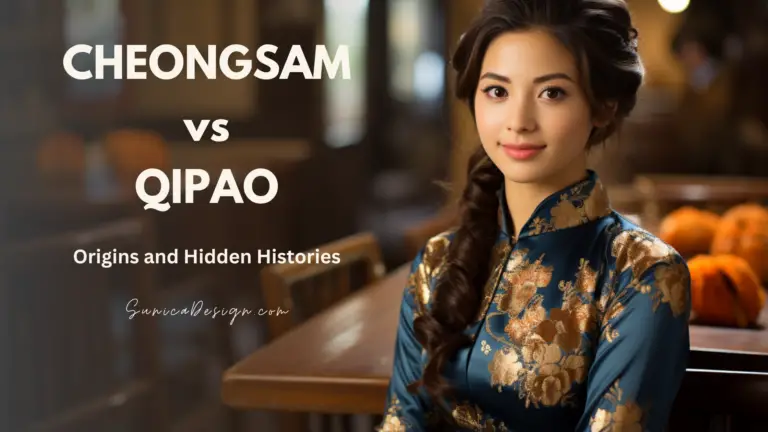Recently, I read an intriguing story in the book “「女装と男装」の文化史” (The Cultural History of Cross-Dressing). It is about Yamato Takeru, a legendary Japanese figure, and his cross-dressing story recorded in the “Kojiki,” Japan’s oldest chronicle. Cloaked in the garments traditionally worn by women of the time, he deftly navigates a world of warfare and deception. Now, let’s explore this brilliant warrior and cross-dresser’s story in detail.
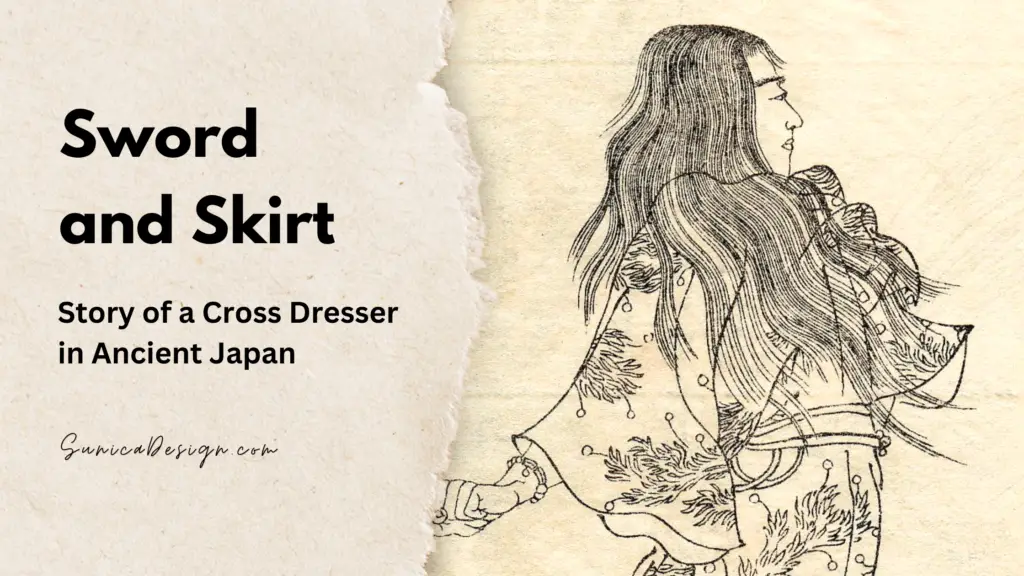
The Story
Known for his bravery and boldness, Yamato Takeru was a semi-legendary prince in ancient Japan. Yet, Emperor Keiko, his father, feared his ferocious nature. So, the father ordered his son to subdue the Kumaso tribe, which was a very hard job.
The young prince’s aunt, Yamato Hime no Mikoto, was worried about this teenage boy and presented him with “women’s clothing and adornments.” She also advised him to “conceal the sword close to the chest.”
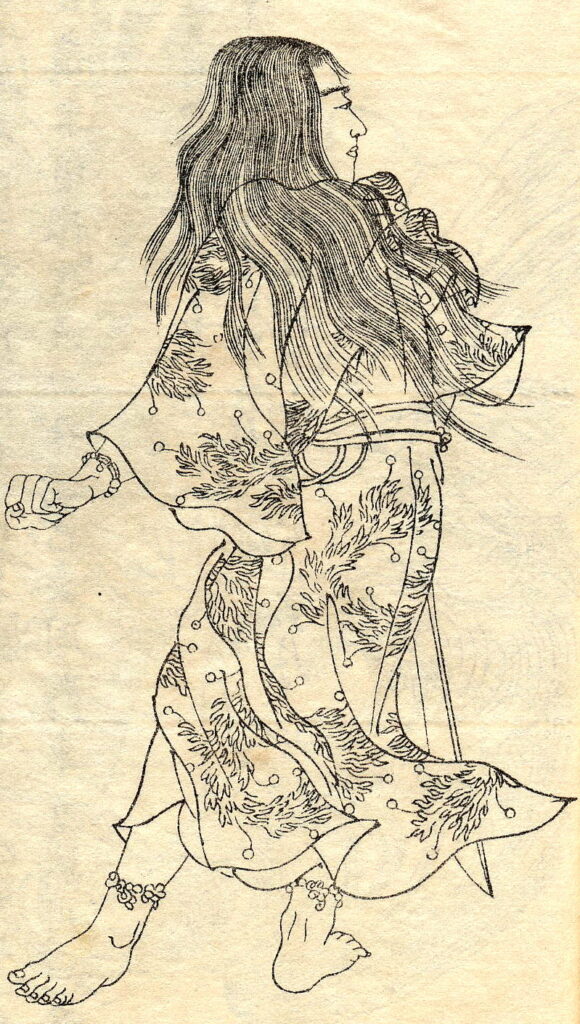
After reaching the Kumaso area, Takeru found that there was a celebration for the new building. The military had surrounded the building with strict security. It was not easy to step in. Given the situation, Yamato Takeru planned to disguise as a woman and infiltrate the building.
He waited, loitering around until the day of celebration. When the day arrived, he combed down his hair like a maid, put on his aunt’s garments, and blended in among the women, assuming a young maid’s appearance. He managed to enter and sit inside the room. There, the Kumaso brothers, enchanted by the “young girl,” invited the “girl” to sit with them.
When the moment was right, Takeru drew his sword from his bosom and killed the Kumaso brothers.
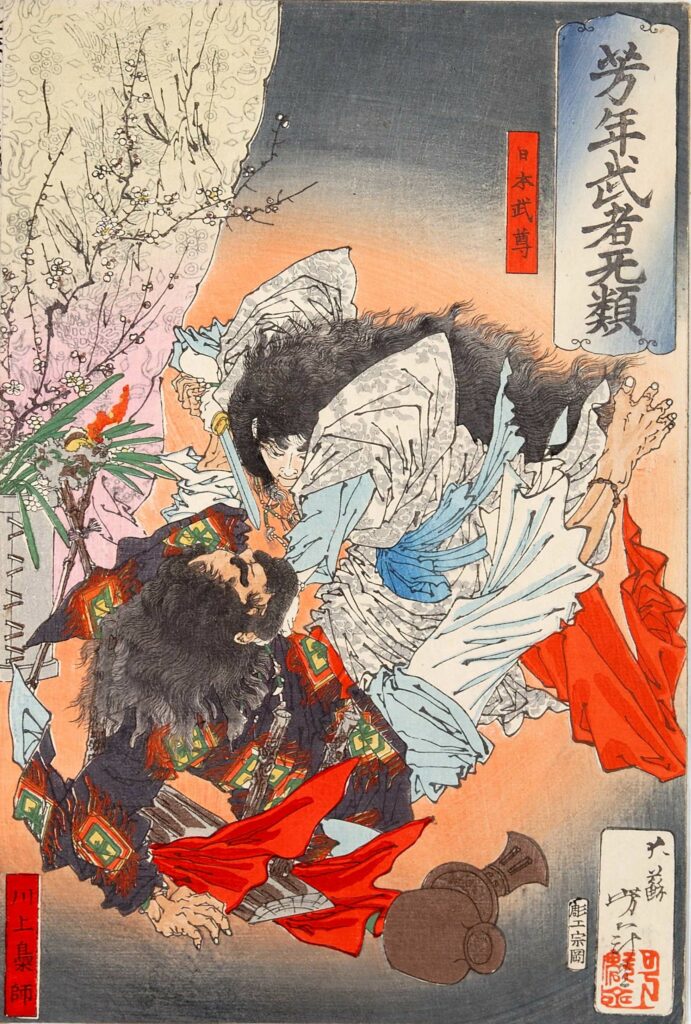
Thoughts about the Cross-Dressing Story
The story of Yamato Takeru makes me question about the nature of power. Is it manual strength or the allure traditionally associated with femininity that’s more powerful? The story suggests a nuanced view of power, where physical strength and psychological beauty combine to achieve victory. This blending of traditionally masculine and feminine traits in a strategic manner speaks to a broader understanding of power.
This view of power links intriguingly to the history and current status of cross-dressers in Japan. In Japanese culture, cross-dressing has been a feature in religious practices, theater, and mythological tales. It was later banned due to the adoption of Western values and cultural uniformity. However, cross-dressing characters continued to emerge on stage and in comics, and they became quite popular in entertainment. The ban was eventually repealed due to protests and other activities.

The shift in perception towards cross-dressing in Japan seems to parallel the message in Yamato Takeru’s story. Just as the prince’s unconventional approach redefined power, Japan’s evolving acceptance of cross-dressing challenges traditional gender norms. Both of them show a broader acceptance of diverse expressions of identity and strength. It’s enlightening to see how an ancient tale from more than a thousand years ago can reflect modern cultures.










